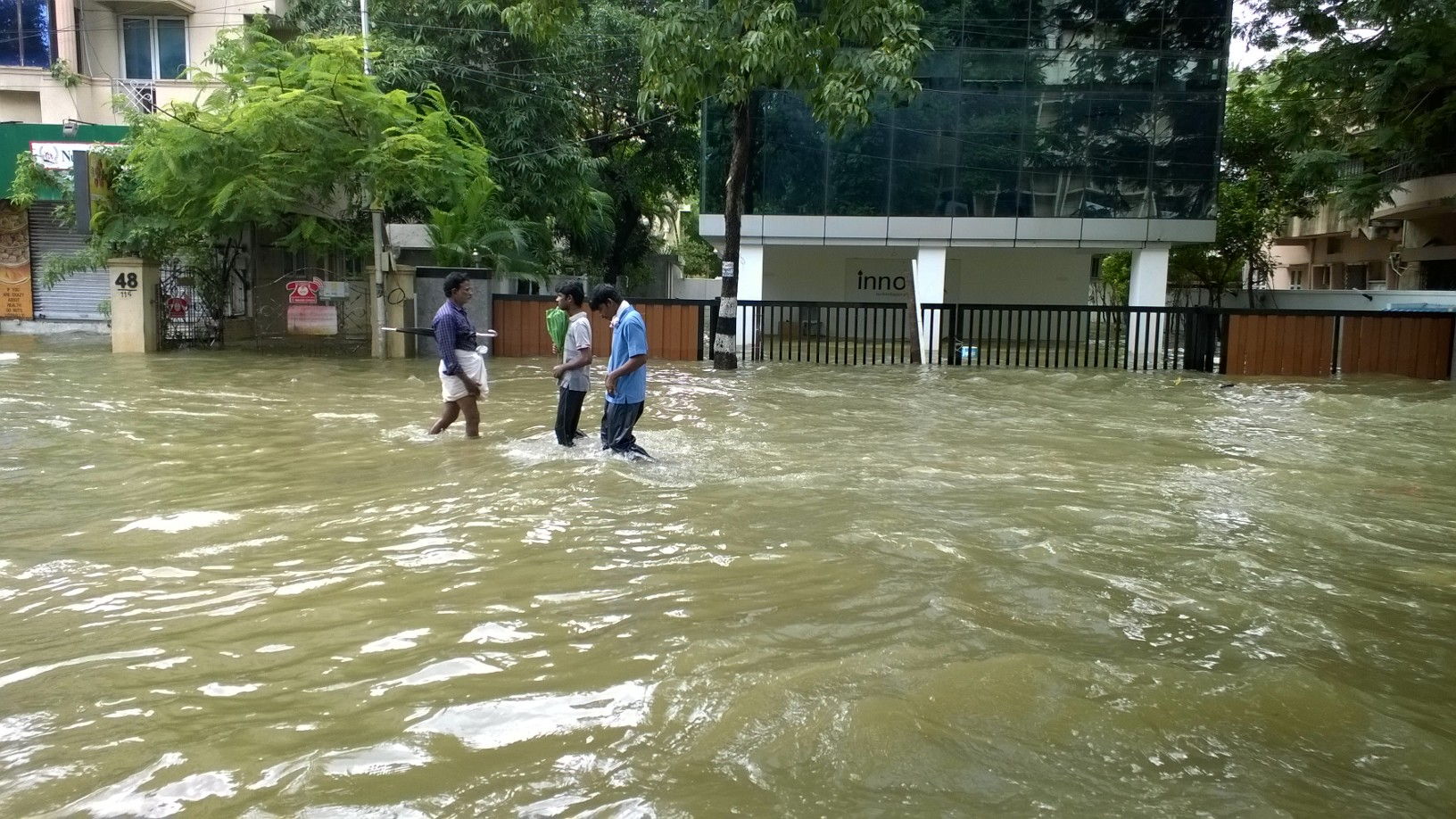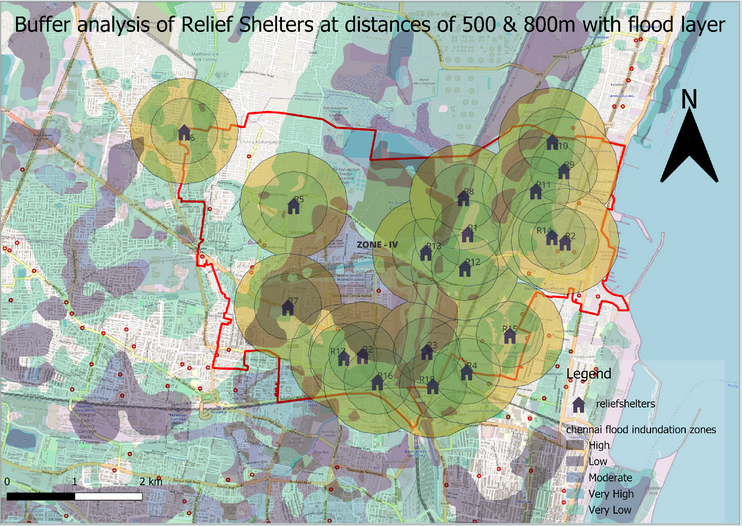Flood Prone Spots Identified Across Chennai in GCC’s 2025 Disaster Plan
Flood prone spots across Chennai have been officially mapped by the Greater Chennai Corporation (GCC) in its City Disaster Management Perspective Plan 2025, marking a major step toward improved monsoon preparedness. Based on 2024 data, the report identified 87 flood-prone locations including 26 high-risk areas, 27 medium vulnerability zones, and 34 low vulnerability sites.

This is a remarkable improvement compared to 2021, when Chennai had as many as 561 flood-prone locations. By 2023, that number dropped significantly to just 35, showing the impact of continuous desilting, drainage upgrades, and coordination efforts between civic departments. The newly published 2025 plan builds on these achievements with a stronger focus on prevention and resilience.
Flood Prone Spots Mapped Using GIS and Digital Monitoring Systems
To identify flood prone spots accurately, GCC relied heavily on GIS-based mapping and real-time digital tracking systems. These technologies helped the civic body monitor the functioning of stormwater drains and predict potential waterlogging zones.
The plan also integrates data from the Emergency Operations Centre (EOC), ensuring constant coordination between departments during extreme weather conditions. Each zone now has a clear response protocol to minimize the impact of flooding, with detailed guidelines for rescue, relief, and rehabilitation.
Officials noted that high-vulnerability areas were identified based on factors like elevation, drainage patterns, population density, and proximity to major waterways such as the Adyar and Cooum rivers. Low-lying zones including Velachery, Saidapet, and Perungudi remain under close observation for preventive action.
Flood Prone Spots Linked to Broader Disaster Risks Including Cyclones and Tsunami
The disaster plan doesn’t just address flooding. It also covers cyclones, tsunami, and other climate-related disasters, classifying high-risk coastal and inland zones. GCC’s comprehensive mapping includes evacuation routes, safe shelters, and inter-departmental responsibilities for emergency communication and logistics

The civic body has enhanced its early warning dissemination system through TN-Alert, a real-time notification platform that provides alerts to residents during emergencies. In addition, awareness drives are being organized in schools, public spaces, and residential associations to educate citizens on how to respond effectively during disasters.
As part of the city’s resilience framework, the plan emphasizes the restoration of water bodies, desilting of canals, and strengthening of pumping stations. These measures aim to maintain water flow and prevent backwater flooding during heavy monsoon rains. Also Read: Chennai People Be Ready: Cyclone ‘Montha’ May Bring Heavy Rains and Strong Winds on October 27
Flood Prone Spots Will Be Continuously Monitored Through 2025
According to the GCC, flood prone spots will undergo continuous real-time assessment throughout the 2025 monsoon season. Advanced sensors and remote data collection systems will help detect blockages, pump failures, or sudden rises in water levels before they escalate into major flooding incidents.

The civic body is also working closely with the Chennai Metropolitan Water Supply and Sewerage Board (CMWSSB) and Water Resources Department (WRD) to improve coordination and ensure smooth functioning of drainage infrastructure.
Moreover, the plan has outlined a strict maintenance schedule for stormwater drains, ensuring they are cleaned before every major rain event. The focus remains on proactive management rather than reactive response a key shift in Chennai’s disaster strategy.
View this post on Instagram
Conclusion:
The flood prone spots report marks an important milestone in Chennai’s long-term flood management vision. With only 87 vulnerable locations now identified compared to over 500 a few years ago, the GCC’s Disaster Management Perspective Plan 2025 demonstrates significant progress. Through digital monitoring, inter-department coordination, and active public awareness, Chennai aims to transform its urban resilience strategy preparing the city to withstand the challenges of future monsoons with greater confidence and efficiency.

